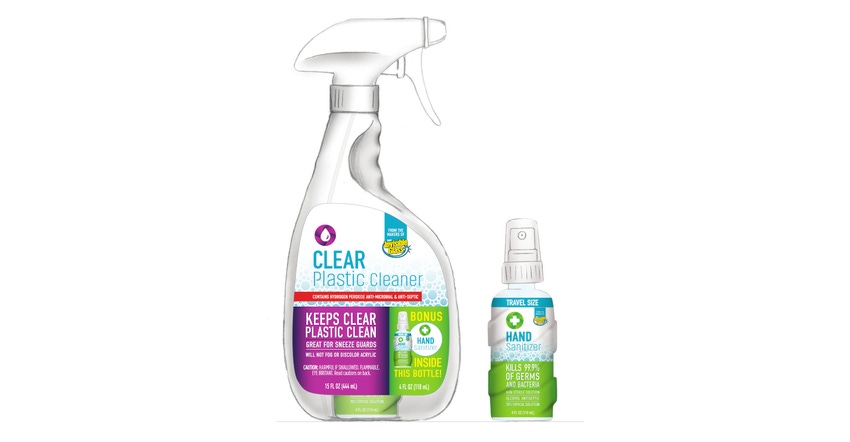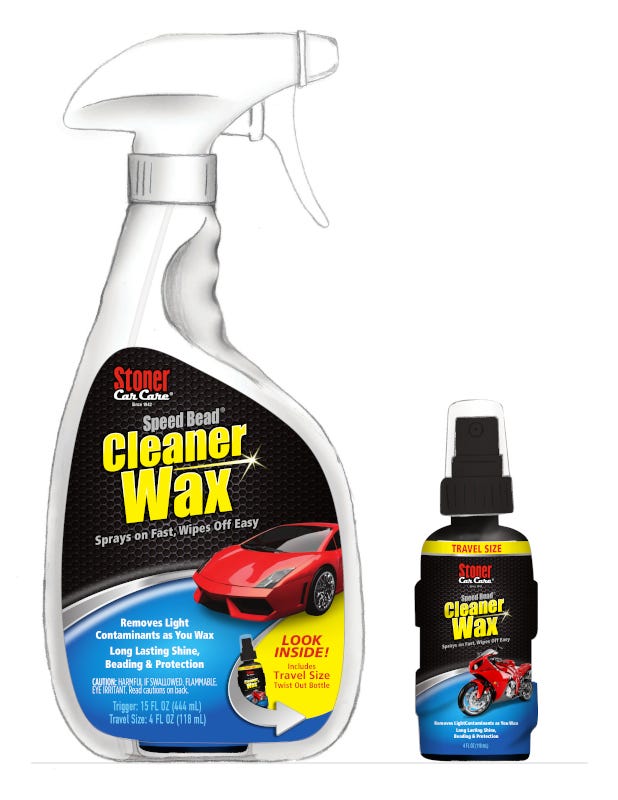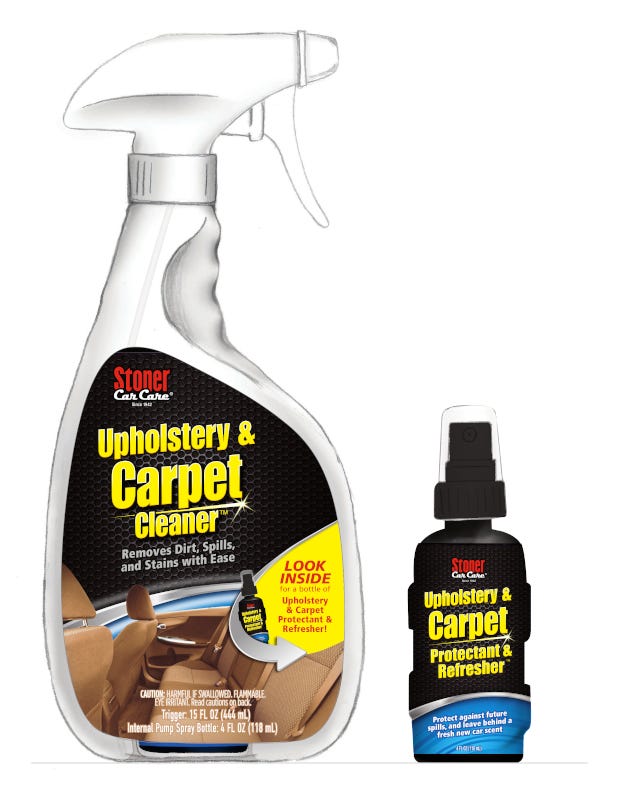Dual Packs Double Down on Innovation
Partly because of the COVID-19 pandemic — but mostly for added convenience and/or improved user experience — brands boost consumer interest by pairing up products into combination packages.

Ketchup has evolved beyond the bottle. There’s the upside-down plastic container in a host of sizes. There’s the peal-top dipping packet and the squeeze packet, but Heinz thought something was missing. Through research, they discovered that consumers wanted more versatility in their single-use packs. So, Heinz came up with a Dip & Squeeze container that allowed the consumer a choice — you can either tear off a corner and squeeze or rip off the seal and dip. When the new product packaging was introduced at fast-food restaurants, it was reported that people were hoarding the new packets.
Here’s another dual package … Chamber Pouch. A Canadian company with seven decades in the packaging industry. They decided to reimagine the stand-up pouch — actually design a way to pair products together in a dual pack. Chocolate and vanilla, gin and vodka, Bordeaux and Chablis are now available together in a single combo-pack.
And talk about multi-use convenience, WD-40 came up with EZREACH, a cleaning product with an 8-inch flexible straw that allows consumers to reach tight, hard-to-reach places, and provides the user with the standard spray cap as well.
All these packages offer dual function benefits, and that’s what makes them unique. The innovation at its core was simple and, in some cases, obvious, but not necessarily easy to see. Was this a response to consumer need or complaint? Was it simply adding improved product functionality and brand differentiation through the packaging and/or deliver system?
Combine complimentary products into a packaging system.
My design firm FORCEpkg is in the process of developing similar dual-chamber and dual-function packages for our client Stoner Inc. The Stoner brands include Invisible Glass, Stoner Car Care, Motsenbocker’s Lift-Off, and Little Joe. The challenge was to combine similar products into one package, add convenience, and/or improve the overall user experience. We immediately began to explore ways to leverage the packaging to solve the problem — using existing products — rather than attempting to suggest completely new products or formulations.
One of the many uses of plastic to emerge out of the pandemic has been plexiglass. A Bloomberg report estimates that the demand for the product tripled starting in March 2020. We are seeing plexiglass protective shields everywhere: in nail and hair salons, banks, grocery store check-outs, hospitals, and almost anywhere humans come in close contact.
Keeping plexiglass clean is essential. That’s why you see store clerks use glass cleaner and hand sanitizer to clean surfaces and hands before each new customer steps up. So, the question for our team was this — how can we help Invisible Glass respond to this need? What if you could design one bottle/package that could hold and allow the user to dispense two products? You’d not only make the process easier and faster for the user, but you’d save shelf space.
FORCE teamed up with Duet Innovations. Their bottle patent fits an array of product-inside-product concepts such as:
• Bottle of red wine inside a bottle of white wine
• Powdered baby formula inside the baby bottle
• Laundry detergent and fabric softener
• Vodka and cranberry juice
We had been working with Duet Innovations for several months fine-tuning different versions of its patented bottle, when the opportunity with Invisible Glass presented itself. Invisible Glass formulated a new Clear Plastic Cleaner in response to consumer need. But we had an opportunity to take this to the next level …. put its Clear Plastic Cleaner in a larger (15 ounce) outer bottle and provide a smaller (4 oz.) bottle of its hand sanitizer inside.
Now both new products are in a single package — easy to use, easy to store, and dual use/function. The whole idea quickly evolved into other dual-use/function concepts for its Stoner Car Care brand.

Travel and Convenience: What if the consumer could purchase a cleaner wax for their car, and have a smaller travel-size bottle (inside) for their motorcycle? A single product facing on the retail shelf, but actually two packages giving the consumer added convenience and use occasion.

Product Combinations: What if the consumer could purchase an automotive upholstery and carpet cleaner, and have a bottle of protectant and refresher inside? Again, a single product facing on the retail shelf, but two products that work together, producing a better end result.
In the words of John Goldbach, vice president of sales, Stoner Consumer Brands, “This packaging system will also give us the opportunity to put trial products in the hands of the people who currently use our brands. Their feedback will help us improve the product before we launch in larger formats.”
Examples like this demonstrate that innovation is happening in spite of a pandemic. In fact, such radical challenges tend to spur creative thinking and expand potential market opportunities. “When it comes to market disruption, all brands want to be there first with the best idea,” says Jeff Campbell, marketing director at Stoner. “By pairing up products, brands can test line extensions and combinations to see how consumers respond.”
So, next time you’re faced with a problem, remember the solution may be right in front of your eyes. If you’re willing to take a step back, clear your mind, the next big idea may be hiding in plain sight.
About the Author(s)
You May Also Like




